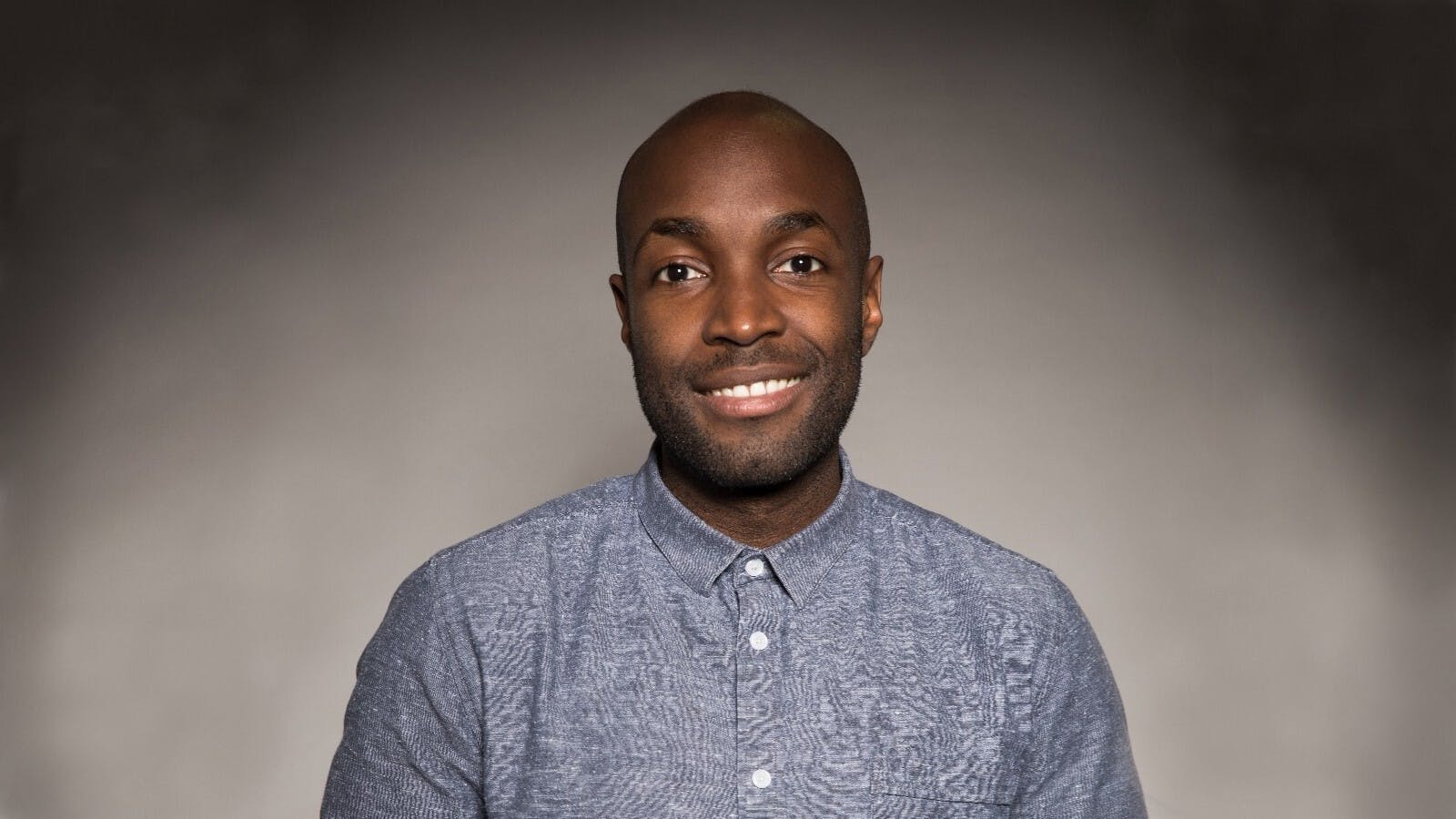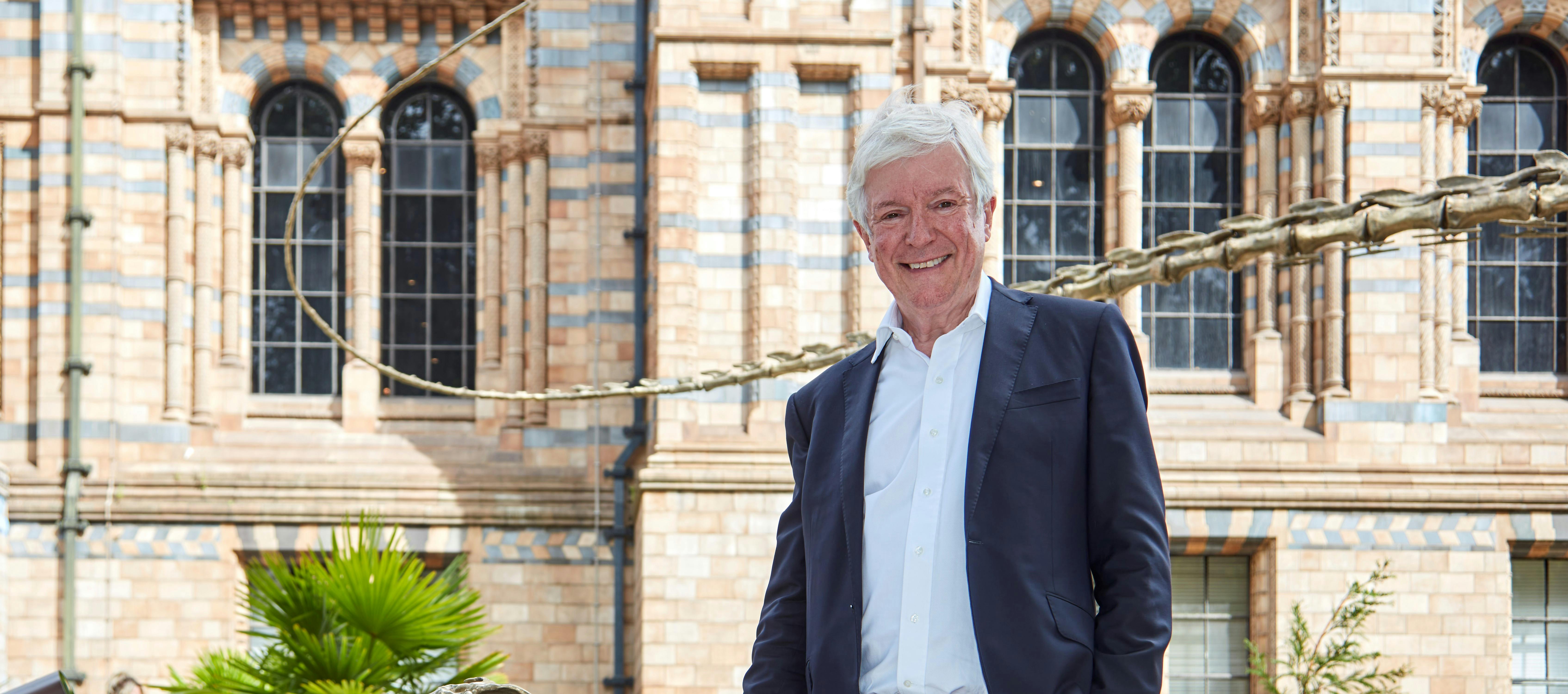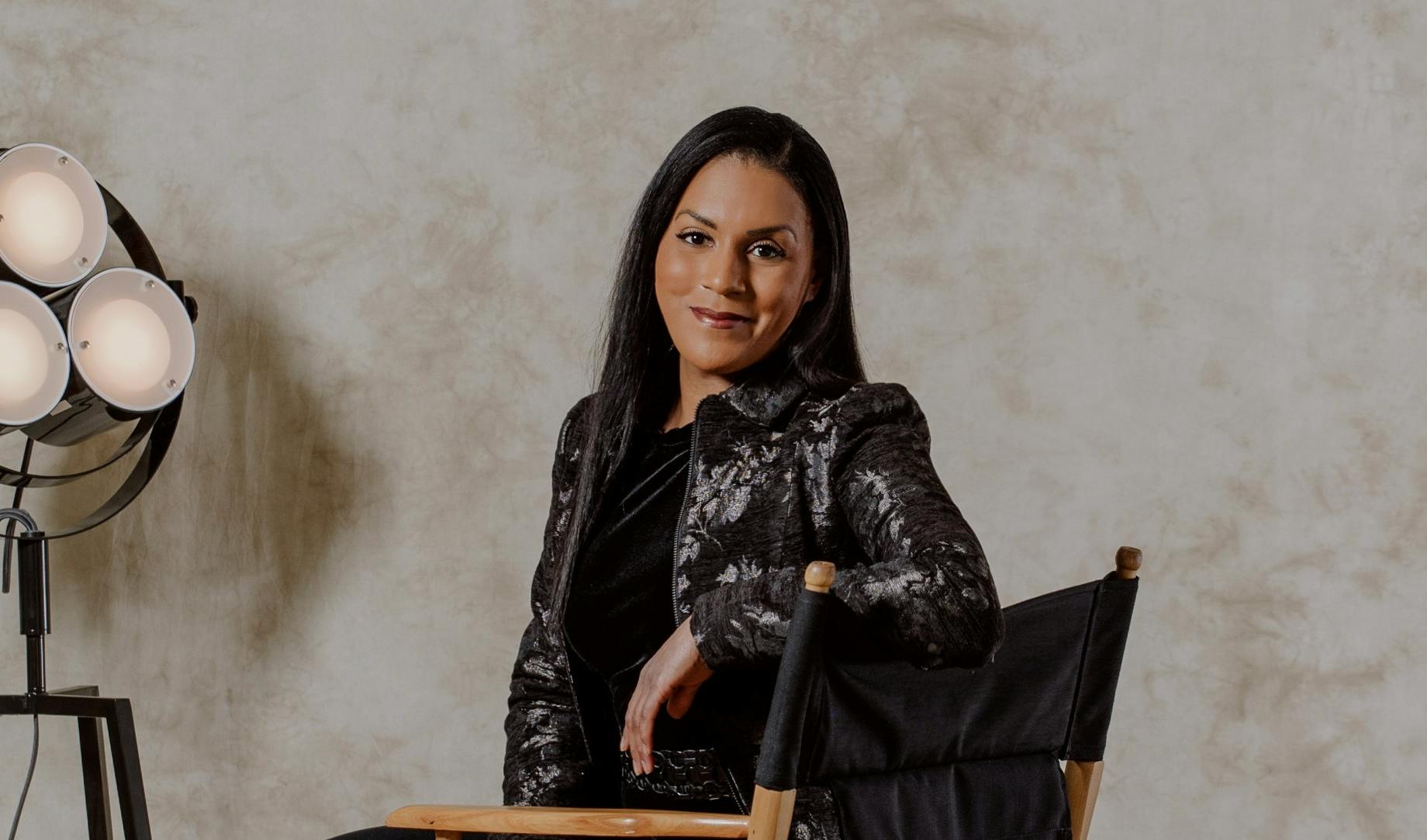
Richard Etienne on stories, transformation and board diversity
The civil servant talks about embracing introverts and his new Hackney Empire role.
Richard Etienne knows how to tell stories that make a difference. After starting out in the media, he moved into government where his roles included Official Videographer to Prime Minister Theresa May. He is now Deputy Head of Internal Communications at the Department for International Trade (DIT). Through Nurole, he was recently appointed a Trustee at the Hackney Empire Theatre, alongside other non-profit roles with SarcoidosisUK and The Royal National Institute of Blind People (RNIB).
What appealed to you about the Hackney Empire role?
If I had to give my career one theme, it would be transformation. I joined the Commonwealth Heads of Government team in 2018 to positively transform the brand of the Commonwealth in the eyes of its 2.8 billion global citizens. In Downing Street, I was there to transform the image of the Prime Minister on social media. At the DIT, I was appointed to transform the voice of the leadership cohort.
The Hackney Empire is dear to my heart because I'm a Hackney boy, and it’s the first theatre I ever went to. It’s the beating heart of its community and I thought I could bring my comms and marketing knowledge, my expertise and experience and use that to drive transformation, to keep that pulse beating, and widen its reach beyond the borough.
How can you tell if an organisation is really serious about transformation?
Because they are not just open about the wins, but also the near misses. There are certain organisations who are very open and transparent about, for example, their gender pay gap. You know what, it's widening. Here are the stats. We are committed to making change, and here are the steps we’re taking in order to make that change.
What’s the board’s role in helping see through a transformation?
It’s about holding the organisation to account and doing it from a place of clarity – clarity of message and direction. There's so much ambiguity in the world, so we crave clarity. And that's what the board is there for, to provide clarity, so the staff can do what they do best.
And what skills do board members need to do that?
One of the first things I asked the Hackney Empire was, “Where do you see me adding value?” It’s about being an active listener, and not going in gung ho and telling them, “This is what should be done!” Listen first – direct, advise or counsel after.
It’s also about fully understanding what the organisation's purpose is, and how it serves its end users, or community. As part of my induction to the RNIB, they gave us all these glasses which simulated different variations of sight loss caused by different illnesses, like glaucoma. That was me walking in the shoes of the people that the organisation serves, and there's something really important about that.
When people have a lot of board experience, they can sometimes switch into “board mode” when they step into a new organisation, without fully understanding the lived experience of the people they are there to help.
Lots of organisations want to tell stories at the moment. How can they approach this in the right way?
I would definitely say by involving as many diverse voices as possible. Because with diversity of people comes diversity of thought, and you're less likely to make mistakes.
You cannot please all the people all of the time. You need to make sure that your message is relevant to you and your target audience.
Like my English teacher used to say, picture a washing line. That's your narrative, and all of the pieces of clothing that you tie to it are individual campaigns or sub-topics. So you need to have clarity of message, and a very clear call to action. What do you want people to think, feel or do?
What makes for a good board meeting?
I think there's a lot of onus on the chair to set the tone. I talk a lot about introverts and extroverts, and personality diversity, so how are we catering for those who are quieter? How can they have their voices heard?
You need to make sure that the papers are there in good time. And then beyond that, in my opinion, the meeting doesn't end once the time is up. The Chair should give the opportunity for people to submit further questions or comments, via email or something. That’s good for those who may take longer to process things.
How can the ethnic diversity of boards be improved?
Well, first of all the intent needs to be known. I've seen bad and good examples. I've seen posts on LinkedIn where an organisation says, “We need more black representation.” Literally, “We're looking for black people!” in a really heavy-handed way.
And then there are organisations who say, “We are committed to increasing diversity, inclusion and BAME representation – or black representation – on our board by X percent, by this time. Check out our roles here.” And if you pitch it in that way, you're more likely to get a better response. There's something about the why behind the what.
But it’s the where as well. If you're only advertising roles to the same people, then the ones you want to attract outside of that circle will never hear about it. I found out about Nurole because a white ally let me know about it, and said, “You'd be great for this.”
It’s also about speaking to other organisations. There's the Runnymede Trust for example, a think tank, which has the contact book for every single black organisation and media outlet. Whatever you want, they have it. It’s not specific to black people, this is true of any community. Connect with the organisations who specialise in that community.
And then to close the loop, it'd be really great to see success stories that actually show this is working. That will hopefully encourage other organisations to pull their fingers out.
Nurole provides best-in-class hiring for forward-thinking boards. We blend the power and reach of technology with a very human understanding that every role, every organisation and every candidate is different. Contact us to discuss your next hire or find out more about becoming a member here.





